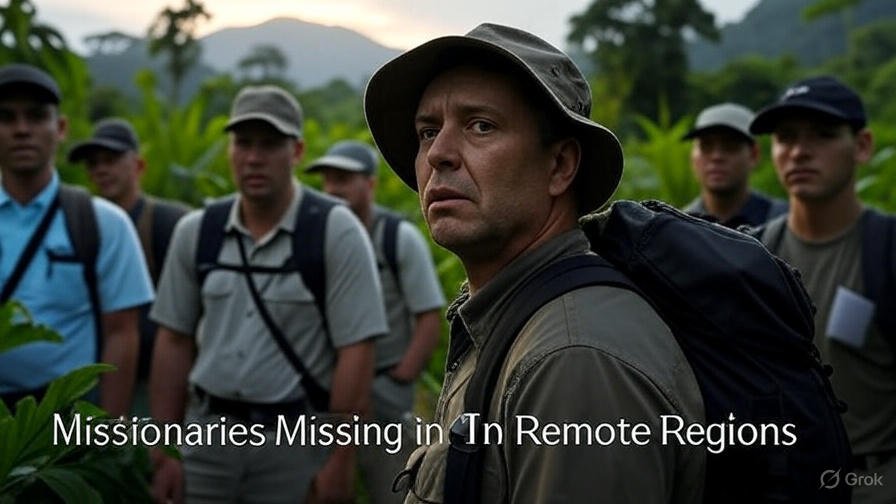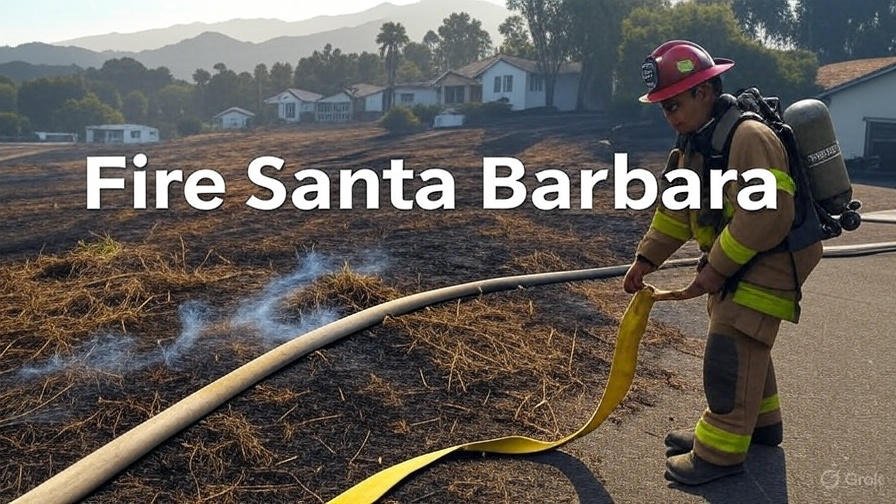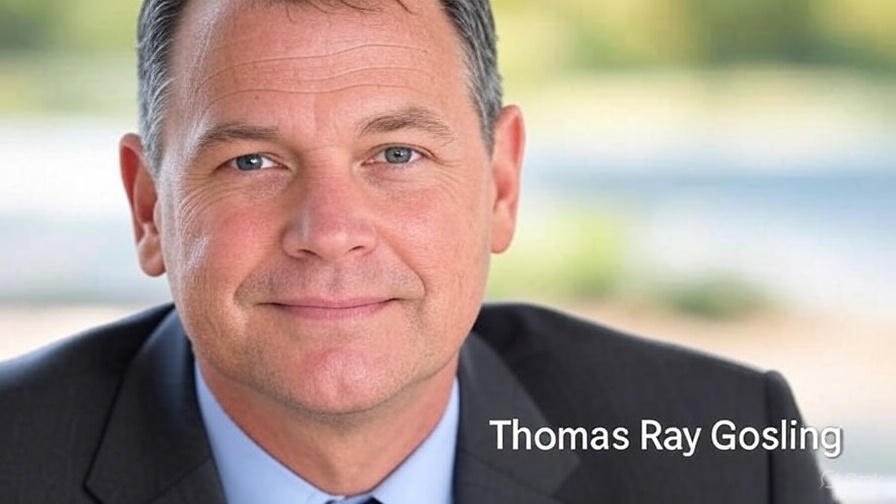In recent years, the phenomenon of missionaries missing in remote regions has captured global attention, raising concerns among religious organizations, governments, and families. These dedicated individuals, driven by faith to share their beliefs, often venture into isolated and hazardous areas, facing risks that range from environmental challenges to political unrest and cultural misunderstandings. This news article investigates the complex causes behind these disappearances, highlights real-life cases, and explores the inherent dangers missionaries face, with insights from experts and data from reputable sources.
Environmental Hazards: Nature’s Unforgiving Challenges
Missionaries frequently operate in some of the world’s most unforgiving environments, such as dense rainforests, arid deserts, or rugged mountain ranges. These regions pose significant risks, including exposure to extreme weather, dangerous wildlife, and infectious diseases. According to the World Health Organization, tropical diseases like malaria and dengue fever are prevalent in remote areas, where access to medical care is limited. The absence of infrastructure, such as roads or communication networks, further complicates rescue efforts when missionaries go missing.
In 2019, a group of missionaries in Papua New Guinea became stranded due to severe flooding and landslides, which severed communication lines and blocked access routes. This incident, reported by BBC News, underscores how environmental challenges can lead to prolonged disappearances, leaving missionaries vulnerable.
“The remoteness of these regions means that even a minor incident, like a sprained ankle or a lost radio, can escalate into a life-threatening situation,” says Dr. Sarah Thompson, a global health expert at the University of Oxford.
Political Unrest: A Volatile Landscape
Political instability is a leading factor in cases of missionaries missing. Many remote regions are located in countries with ongoing conflicts, authoritarian regimes, or strict anti-proselytizing laws. The U.S. State Department regularly issues travel advisories for such areas, warning of risks like kidnapping and violence. In 2017, two Chinese missionaries were abducted and killed in Pakistan’s Balochistan region, an incident linked to local insurgent groups, as reported by Reuters.
In northern India, rising religious nationalism has led to increased hostility toward Christian missionaries, with some facing legal restrictions or mob violence. These conditions create a precarious environment where the risk of disappearance is high. Political unrest not only endangers missionaries but also complicates international efforts to locate them, as governments may lack the resources or willingness to assist. For more on global religious persecution trends, see Open Doors, an organization tracking religious freedom issues.
Cultural Misunderstandings: Navigating Complex Traditions
Cultural differences often exacerbate the challenges missionaries face in remote communities. Entering societies with deeply rooted customs and beliefs can lead to mistrust or outright rejection. A historical example is the 1967 measles outbreak among the Yanomami tribe in Brazil, inadvertently introduced by missionaries, which led to widespread illness and hostility, as documented by National Geographic.
“Missionaries must approach these communities with humility and cultural sensitivity,” says Dr. James Okoye, an anthropologist specializing in indigenous cultures. “Without understanding local traditions, they risk being seen as threats, which can lead to dangerous confrontations.” Building trust requires extensive preparation, including language training and cultural education, to prevent misunderstandings that could result in missionaries missing.
Real-Life Cases: Stories That Shook the World
Case Study: John Chau’s Tragic Mission
In 2018, American missionary John Chau attempted to contact the Sentinelese, an uncontacted tribe on North Sentinel Island. Despite warnings from authorities, Chau’s mission ended in his death, highlighting the dangers of engaging with isolated communities. This case, covered extensively by The New York Times, sparked debates about missionary ethics and safety.
Another notable incident occurred in 2016 in the Democratic Republic of Congo, where a group of missionaries went missing amid militia activity. Some were later rescued, but the event, reported by Al Jazeera, underscored the risks of operating in conflict zones. These cases illustrate the complex interplay of environmental, political, and cultural factors that contribute to missionary disappearances.
The Risks of Missionary Work: A Deeper Look
Beyond external challenges, missionaries face internal struggles that compound their risks:
- Health Vulnerabilities: Exposure to diseases like cholera or lack of access to medical care can lead to severe illness, forcing missionaries to abandon their work or disappear during crises.
- Emotional Toll: Isolation and cultural disconnection can lead to mental health challenges, such as depression or burnout, as noted in studies by the Mission Frontiers.
- Spiritual Resistance: In some regions, missionaries encounter opposition from local religious leaders, escalating tensions and increasing the risk of disappearance.
Organizations like Wycliffe Global Alliance and Mission Frontiers provide training to mitigate these risks, emphasizing cultural sensitivity, emergency preparedness, and mental health support. However, the inherent dangers of missionary work in remote regions remain a significant concern.
Conclusion: Strengthening Support for Missionaries
The mystery of missionaries missing in remote regions is a multifaceted issue driven by environmental hazards, political instability, and cultural misunderstandings. High-profile cases, such as John Chau’s tragic mission and the Congo disappearances, highlight the urgent need for better preparation and support systems. By equipping missionaries with advanced training, technology like satellite trackers, and cultural education, religious organizations can reduce the risks of disappearance.
As the global mission landscape evolves, raising awareness about these challenges is critical. The sacrifices made by missionaries deserve recognition, and their safety demands proactive measures from religious communities, governments, and international organizations. Through collaboration and innovation, we can help ensure that those who dedicate their lives to spreading their faith do so with greater security and success.








